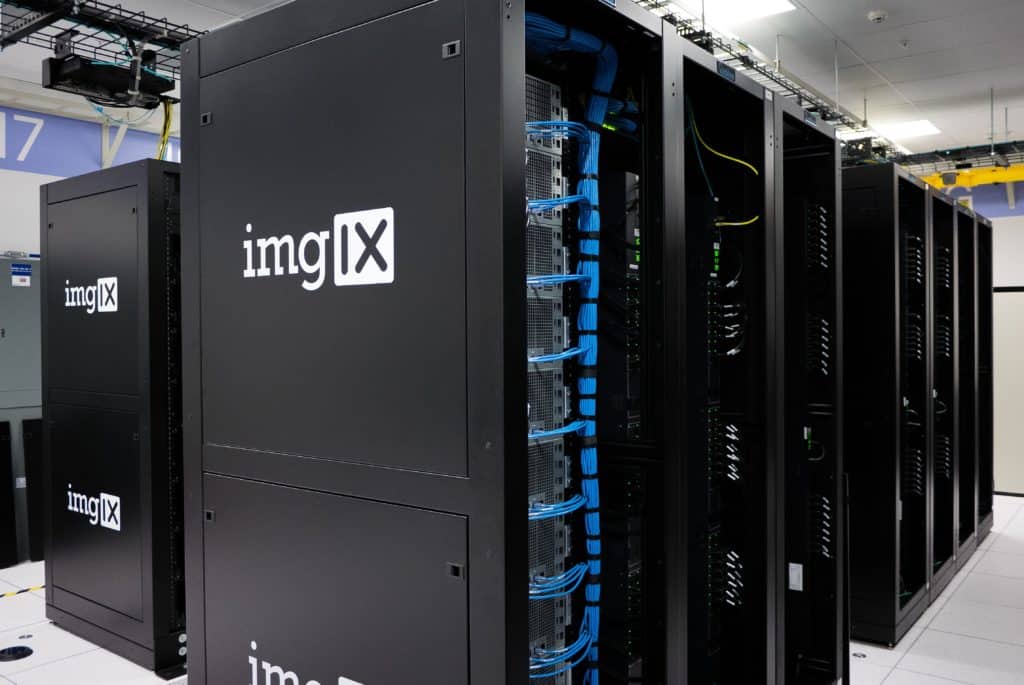Miillion core supercomputer – SpiNNaker switched on for the first time. Artificial Intelligence reaching another milestone.
We may be far from creating a computer equivalent to mind but still we are now a step closer to it. World’s largest brain-like supercomputer (SpiNNaker) has been switched on for the first time.

Spiking Neural Network Architecture (SpiNNaker) is designed to function in the same way or imitate the human brain but still is thousand times far from a real brain. It can emulate or match the brain of a mice which is thousand times smaller than human brain.
The SpiNNaker supercomputer designed and built in University of Manchester UK, took more than 20 years in conception and over a decade in construction. The initial model was built way back in the year 2006. SpiNNaker can model more biological neurons in real time than any supercomputer on the planet. The project has been led by Steve Furber.
“We’ve essentially created a machine that works more like a brain than a traditional computer, which is extremely exciting,” said Steve Furber, who conceived the initial idea for such a computer. He further said, “The ultimate objective for the project has always been a million cores in a single computer for real-time brain modelling applications, and we have now achieved it, which is fantastic,” said Mr Furber.
Processing Capacity
The processing capacity of SpiNNaker’s is more than 200 million actions per second, with each of its chips having 100 million transistors.
SpiNNaker is considered to imitate brain because unlike traditional computers, it does not communicate by sending large amounts of information from point A to B via a standard network. Instead, it mimics the massively parallel communication architecture of the brain, sending billions of small amounts of information simultaneously to thousands of different destinations.
Notably, one billion neurons are one per cent of the scale of the human brain, which consists of just under 100 billion brain cells, or neurons, which are all highly interconnected via approximately one quadrillion synapses. One of the fundamental uses for the supercomputer is to help neuroscientists better understand how our own brain works. It does this by running extremely large scale real-time simulations which simply aren’t possible on other machines. For example, SpiNNaker has been used to simulate high-level real-time processing in a range of isolated brain networks. This includes an 80,000 neuron model of a segment of the cortex, the outer layer of the brain that receives and processes information from the senses.

Could bring Medical Breakthroughs
SpiNNaker has also simulated a region of the brain called the Basal Ganglia – an area affected in Parkinson’s disease, meaning it has massive potential for neurological breakthroughs in science such as pharmaceutical testing.
Watson (AI) is already serving its purpose of detecting cancer very well. As such neuroscientists can use SpiNNaker to unlock some of the secrets of how the human brain works by running unprecedentedly large-scale simulations,” Mr Furber said.
More and more improvement will be achieved as the same is now functional and soon many more value additions will be there and so do breakthroughs. Artificial Intelligence is gaining ground in one form or other with visible changes all around.












SpiNNaker will open millions of possibilities for the world. It has lots of potentials for data processing as data is our next oil.
Wow!!!!